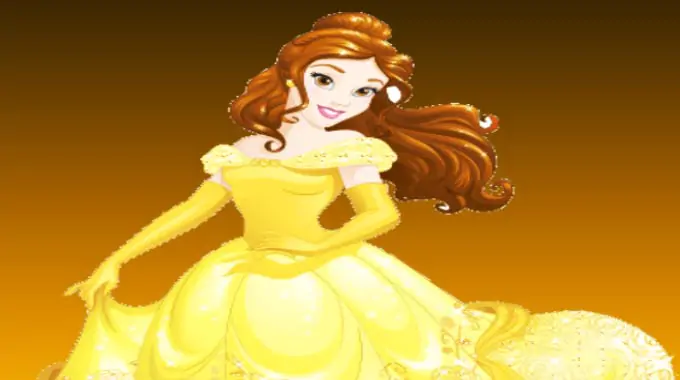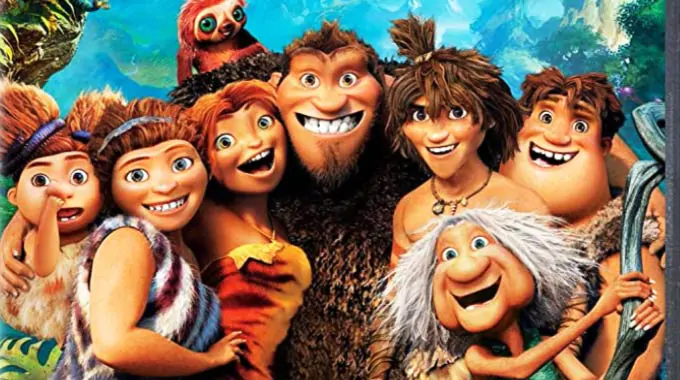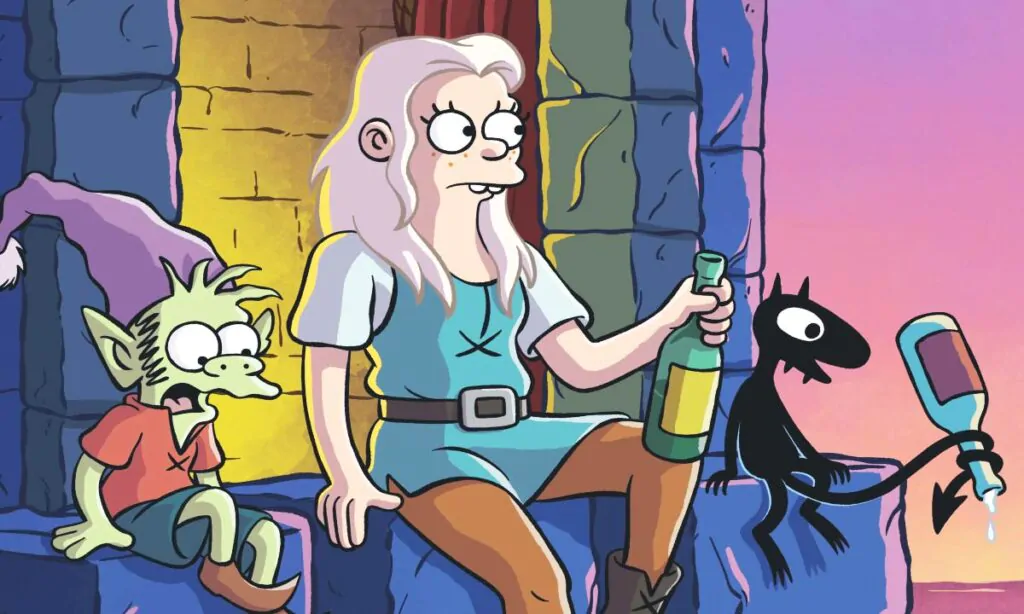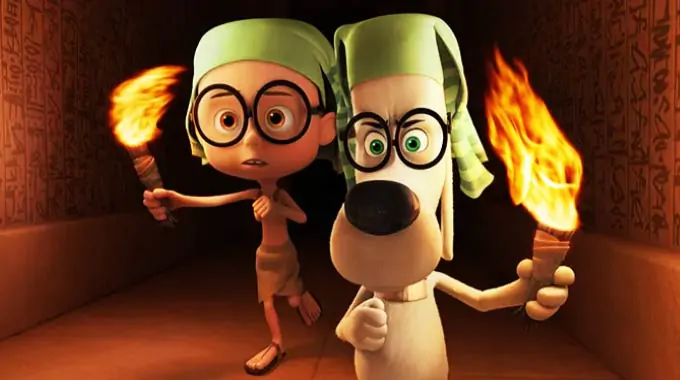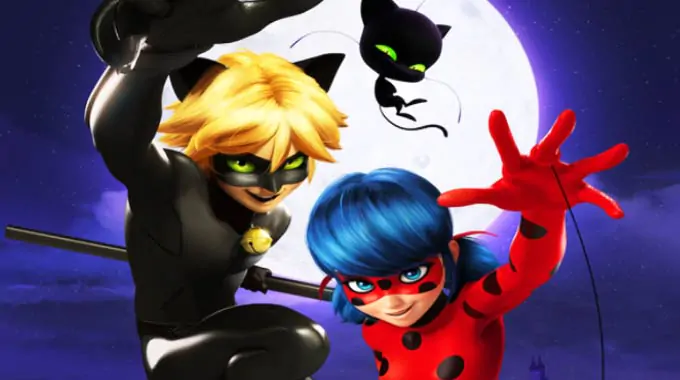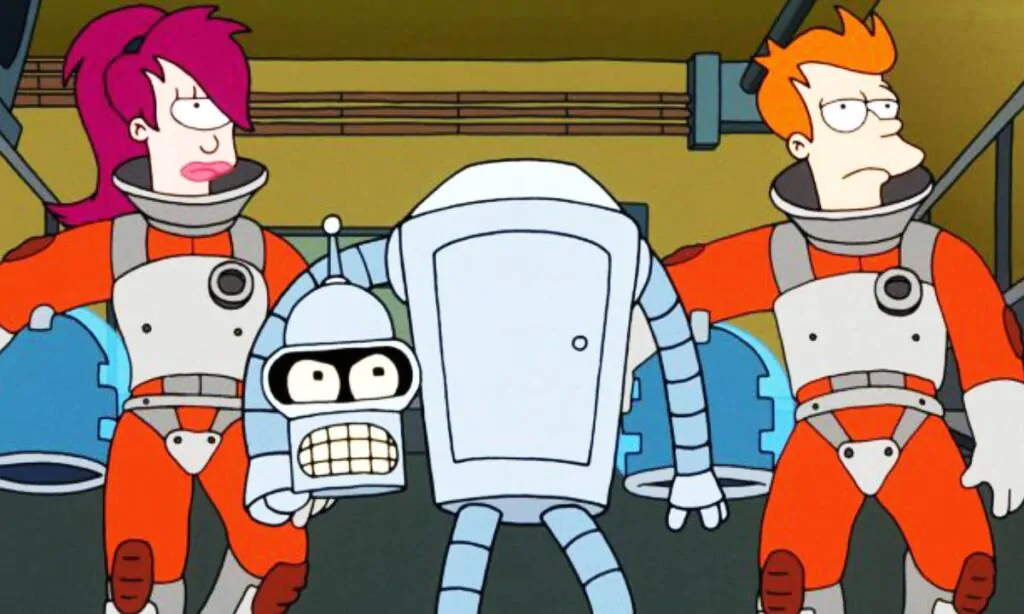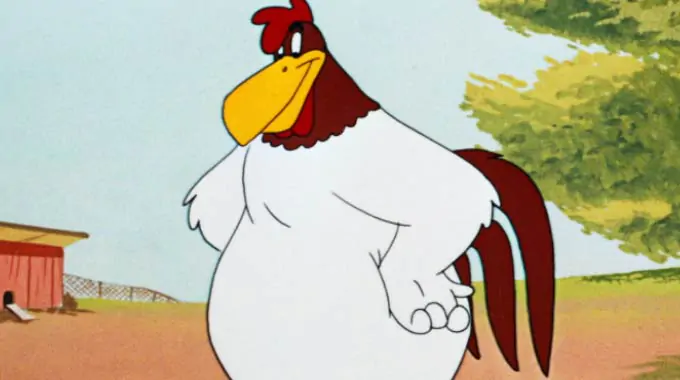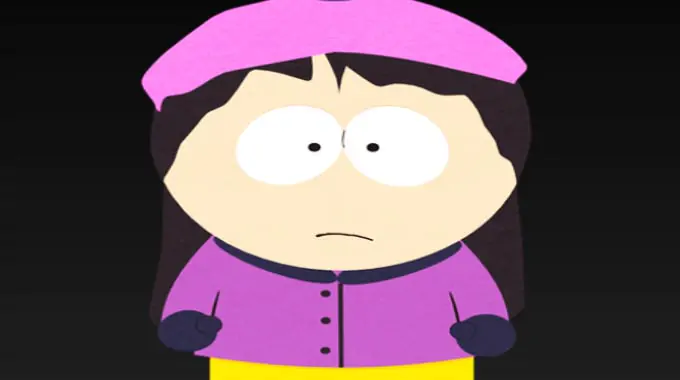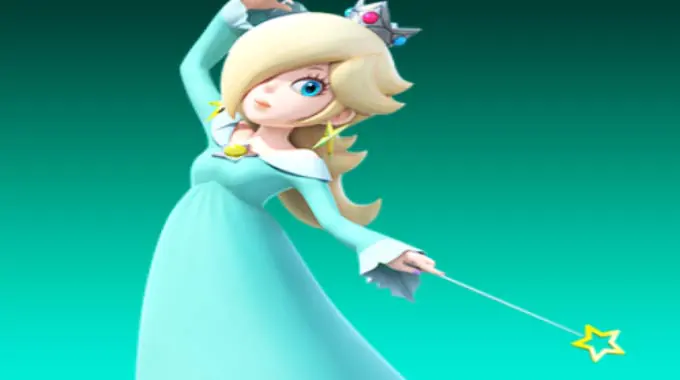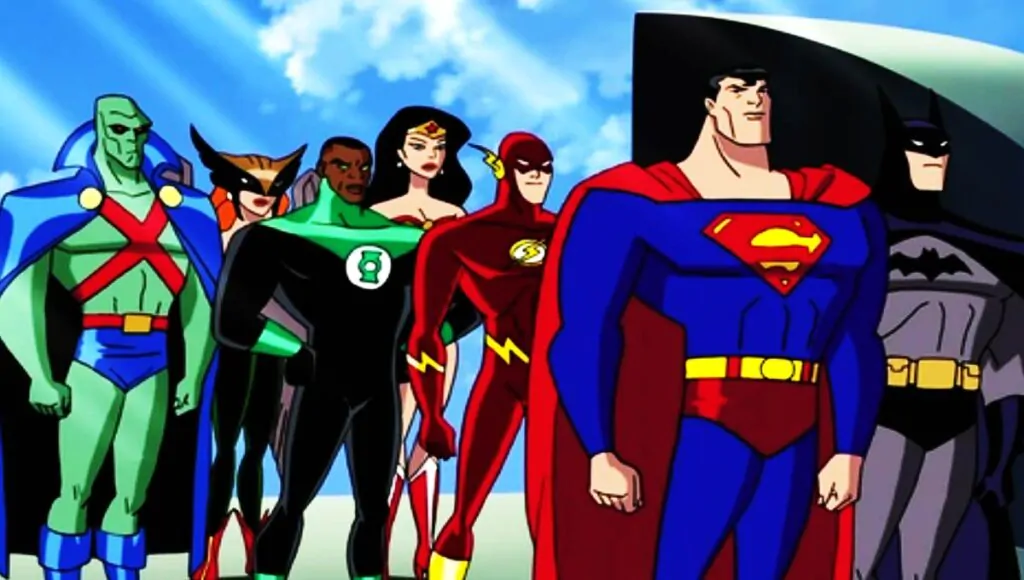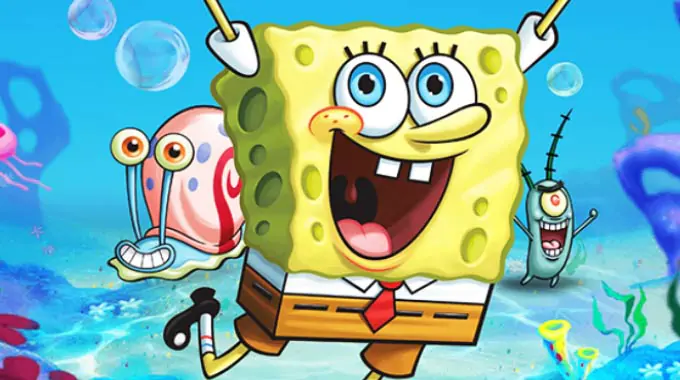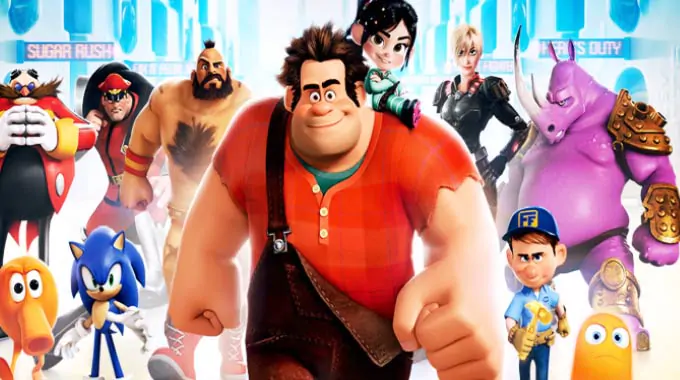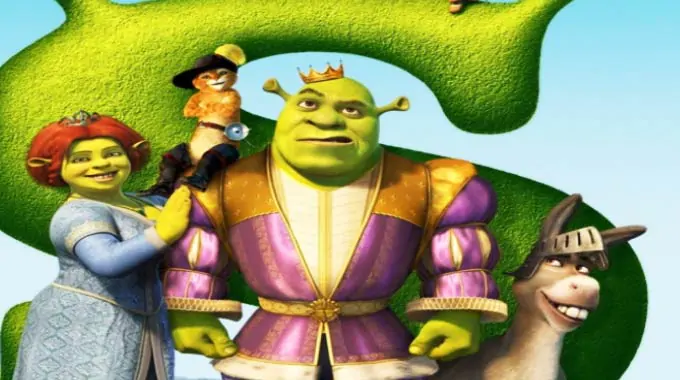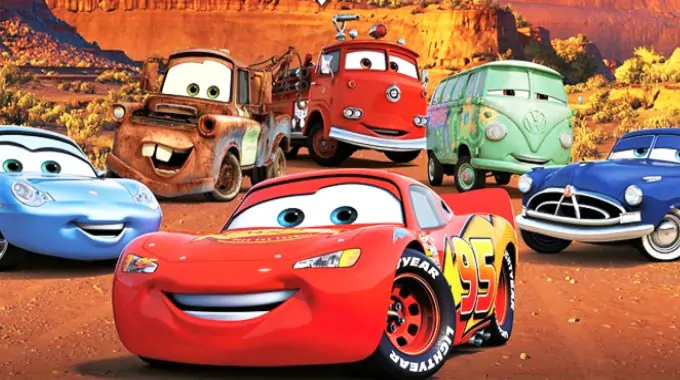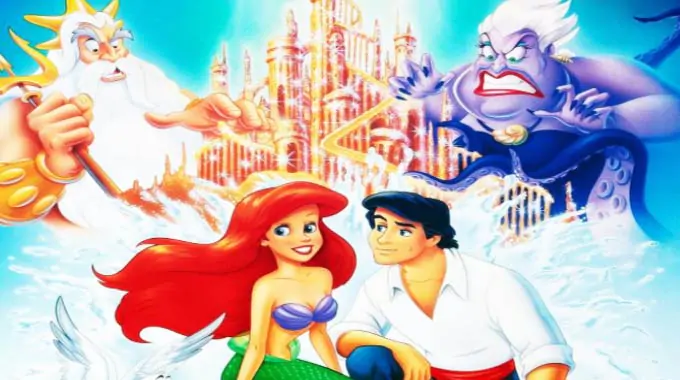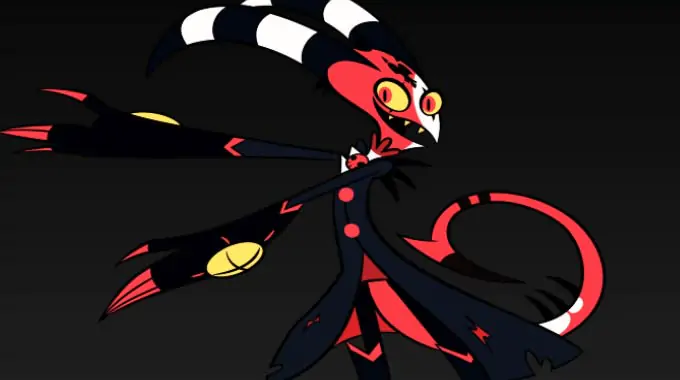List of Strongest Pinocchio Characters:
10. Lampwick
Recklessness: Lampwick is a reckless and unruly character who initially befriends Pinocchio during their visit to Pleasure Island.
Lack of Conscience: He demonstrates a lack of conscience and morality, engaging in destructive and harmful behavior.
Transformation: As a consequence of his reckless actions on Pleasure Island, Lampwick undergoes a horrifying transformation into a donkey, highlighting the consequences of indulgence and lack of restraint.
9. The Coachman
Manipulation: The Coachman is a manipulative and sinister character who lures misbehaving children to Pleasure Island under the guise of a fun and carefree paradise.
Exploitation: He exploits the children on Pleasure Island by turning them into donkeys, which he then sells for profit.
Cruelty: The Coachman demonstrates cruelty and indifference to the fate of the transformed children, prioritizing his financial gain over their well-being.
8. Gideon
Mute: Gideon is portrayed as a mute character, as he never speaks throughout the film.
Sidekick: He serves as the bumbling and clumsy sidekick to Honest John, often assisting him in various schemes.
Comic Relief: Gideon’s antics and facial expressions provide comic relief in the story, contributing to the film’s humor.
Nonverbal Communication: While he doesn’t speak, Gideon communicates through body language, facial expressions, and gestures.
7. Honest John
Sly and Deceptive: Honest John is a sly and deceptive character who cons and manipulates others for his own gain.
Con Artist: He is a con artist and serves as one of the primary antagonists in the film, leading Pinocchio astray.
Charming Persona: Honest John often uses his charming persona to trick others into making unwise decisions, including Pinocchio.
Influence on the Plot: He plays a significant role in steering Pinocchio away from his path of becoming a real boy, leading him to Pleasure Island.
6. Monstro (the Whale)
Enormous Size: Monstro is an enormous and terrifying whale who dwells in the depths of the ocean.
Powerful: His immense size and strength make him a formidable force in the story, capable of causing destruction.
Antagonistic Nature: Monstro serves as a significant antagonist, as he swallows Geppetto’s boat and later captures Pinocchio and his friends.
Pursuit: He relentlessly pursues Pinocchio and his companions, creating a sense of urgency and danger in their quest to escape.
5. Stromboli
Theatricality: Stromboli is a flamboyant and theatrical character who operates a marionette show, featuring Pinocchio as the star attraction.
Exploitative: He is exploitative and selfish, using Pinocchio solely for financial gain and showing no concern for the puppet’s well-being.
Deceptive: Stromboli initially appears charming but quickly reveals his true nature as he locks Pinocchio away and threatens him.
Influence on Pinocchio’s Journey: Stromboli’s actions lead to Pinocchio’s realization of the importance of freedom and honesty, setting the stage for his further adventures.
4. Blue Fairy
Magical Abilities: The Blue Fairy possesses magical powers that allow her to bring Pinocchio to life and bestow him with the potential to become a real boy.
Guidance: She serves as a guiding and nurturing figure for Pinocchio, offering him advice and providing him with opportunities for redemption.
Kindness and Compassion: The Blue Fairy is characterized by her kindness, compassion, and belief in the goodness within individuals, including Pinocchio.
Symbol of Hope: She represents hope, transformation, and the possibility of personal growth, both for Pinocchio and other characters in the story.
3. Geppetto
Caring and Loving: Geppetto is a caring and loving character who creates Pinocchio out of love and longing for a son.
Hardworking Craftsman: He is a skilled craftsman and woodcarver, known for his dedication to his work.
Fatherly Figure: Geppetto assumes the role of a fatherly figure to Pinocchio, teaching him valuable lessons and striving to provide a loving home.
Determination: He displays determination and resilience throughout the story as he embarks on a journey to find Pinocchio after he goes astray.
2. Jiminy Cricket
Conscience: Jiminy Cricket serves as Pinocchio’s conscience, providing guidance and advice on making good choices and distinguishing right from wrong.
Wisdom: He is portrayed as wise and compassionate, offering valuable life lessons and moral insights to Pinocchio throughout their adventures.
Faithfulness: Jiminy is dedicated and loyal to Pinocchio, even when the puppet faces challenges and temptations.
Humor: He brings humor to the story with his witty and humorous personality, balancing the more serious aspects of the narrative.
1. Pinocchio
Innocence: Pinocchio begins as an innocent and naive puppet brought to life by the Blue Fairy’s magic.
Desire for Independence: He yearns for independence and desires to become a real boy, which sets him on a journey of self-discovery.
Moral Growth: Over the course of the story, Pinocchio learns about the consequences of lying, disobedience, and selfishness, and he gradually grows into a more responsible and moral character.
Resilience: Pinocchio displays resilience and determination in facing numerous trials and dangers, including encounters with deceptive characters and the monstrous Monstro the Whale.
